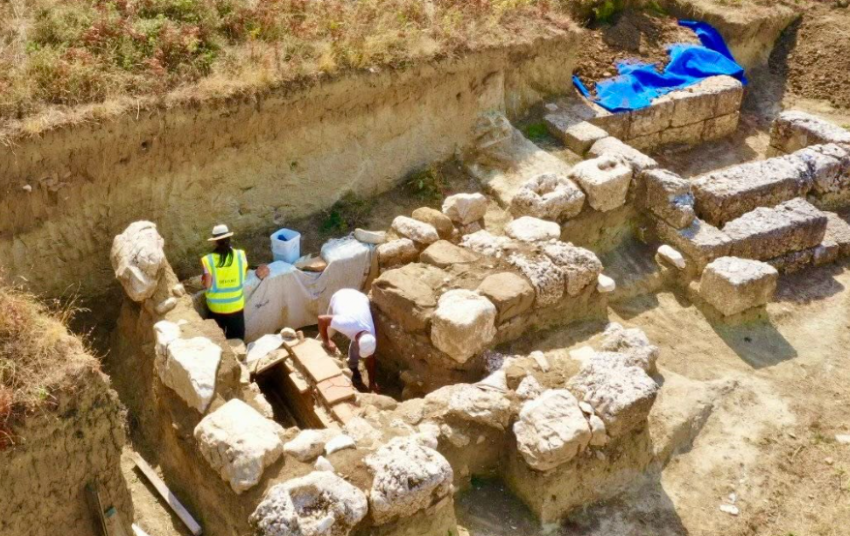Pogradec, a destination rich in historical, archaeological, and natural monuments

Pogradec, located in southeastern Albania on the southwestern shore of Lake Ohrid, is a treasure trove of archaeological sites, historical landmarks, and natural monuments. Just 84 km from the Tirana, Pogradec offers visitors a journey through time and nature.
A historical haven
Pogradec boasts a rich history with numerous cultural, geological, and natural documents. Archaeological excavations on the hills above the city have uncovered an Illyrian settlement from the 5th century BC, belonging to the ancient tribes of Desaretes and Enchele. Last year, after four years of excavations, Albanian archaeologists and those from the University of Bern confirmed that the stilt settlement in Lin, Pogradec, is the oldest in Europe, dating back over 8,500 years.
Archaeological discoveries confirm that the region has been inhabited since the Neolithic Period (6000 BC), with growing populations and constructions during the Copper, Bronze, and Iron Ages. There are officially documented 24 natural monuments and 36 cultural monuments in Pogradec.
Notable Monuments
Prehistoric Settlement of Zagradie in Lin Village Located by the lake on the eastern side of the Lin peninsula, this prehistoric settlement was discovered in the late 1960s during an expedition by Pogradec Museum employees. A collection of seven stone tools from the Copper Age, preserved in the Pogradec Museum, testifies to its existence. The settlement was abandoned during the Iron Age as inhabitants moved to the upper part of the peninsula, now known as the “Shën Thanas” hill.
Pogradec Castle Situated at the entrance of Pogradec, this fortified settlement dates to the 4th century BC to the 6th century AD. The earliest traces of habitation date to the 5th century BC when it existed as an unfortified settlement. By the 4th century BC, defensive walls were constructed, transforming it into a small urban center. The settlement was destroyed by a massive fire during the Illyrian Roman and Macedonian wars in the late 2nd century BC, confirmed by archaeological excavations revealing a layer of ash from that period. Rebuilt by its inhabitants, it experienced three centuries of peace during the Roman period without the need for fortifications. The barbarian invasions in the 4th century AD led to the construction of new walls, serving the inhabitants until the 9th century AD when it was destroyed by Slavic invaders and subsequently abandoned.
Drilon National Park Known locally as Voloreka, Drilon is a natural monument located 5 km east of Pogradec, near the tourist village of Tushemisht. This karstic spring consists of three water streams flowing into the southeastern shore of the lake. The main stream forms a large water basin where visitors can boat and enjoy the rich flora and fauna. The trees, such as elms, plane trees, poplars, weeping willows, and reeds, create a refreshing and clean environment, while swans and other birds, along with fresh fish, enhance the picturesque scenery. Drilon’s springs, at the foot of the hills, offer an incomparable view, with water originating from Lake Prespa through the Mali i Thate.
Goliku Bridge Located about 40 km from Pogradec, this unique bridge, a declared cultural monument, was built on the old Egnatia road. Dating back to the 17th century, the bridge comprises two semi-circular arches with a discharge window between them. It is 17 meters long, 3 meters wide, and 10 meters high, constructed with well-crafted large stones chosen for both aesthetic and structural strength. Despite some damage, the bridge remains in relatively good condition and still serves the local population for crossing the Shkumbin River.
Pogradec, with its blend of ancient history, archaeological marvels, and natural beauty, offers a compelling destination for history enthusiasts and nature lovers alike.


